Raising Healthy Vegan Kids: A Complete Guide for Parents

Welcome! If you’re here, you’re likely exploring how to nourish your family with a vegan diet.
It’s an incredible way to introduce kids to a world of vibrant, wholesome foods, but it’s natural to have questions about doing it right. I’ve spent over a decade helping families navigate the transition to plant-based eating, combining personal experience with evidence-based nutrition to make it a joyful, stress-free process.
This guide is designed to be your trusted resource. We’ll move beyond simple tips and dive into the science of pediatric plant-based nutrition, covering the essential nutrients your child needs to thrive.
We’ll also tackle the practical side of things: picky eaters, meal planning, school lunches, and creating family meals everyone will love. Let’s build a foundation of health and happiness for your family, one delicious plant-based meal at a time.
Medical Disclaimer: The information in this article is for educational purposes only and is not a substitute for professional medical advice. Always consult with a pediatrician and a registered dietitian to create a nutritional plan that is right for your child’s specific needs.
- Is a Vegan Diet Safe and Healthy for Children?
- Essential Nutrients for Thriving Vegan Kids
- Tip 1: Involve Them in the Kitchen
- Tip 2: Make Familiar Favorites Vegan
- Tip 3: Embrace the Power of Dips
- Tip 4: Serve New Foods with ‘Safe’ Foods
- Tip 5: Keep It Separate
- Tip 6: Make Smoothies a Team Effort
- Kid-Approved Vegan Meal Ideas
- How to Handle Social Events and School Lunches
- Frequently Asked Questions
- Conclusion
Is a Vegan Diet Safe and Healthy for Children?

This is often the first and most important question parents ask. The answer, supported by major health organizations, is a resounding yes—when it’s well-planned.
A balanced vegan diet can provide all the necessary nutrients for healthy growth and development. The Academy of Nutrition and Dietetics, the largest organization of food and nutrition professionals in the United States, states that appropriately planned vegetarian diets, including vegan diets, are healthful, nutritionally adequate, and may provide health benefits in the prevention and treatment of certain diseases.
This position is supported for all stages of the life cycle, including pregnancy, lactation, infancy, childhood, and adolescence. Research published in the journal Nutrients has shown that children on plant-based diets can have healthier cardiovascular profiles, including lower LDL cholesterol.
This means paying special attention to specific nutrients to ensure your child isn’t missing out on anything crucial for their growing body and brain.
Essential Nutrients for Thriving Vegan Kids
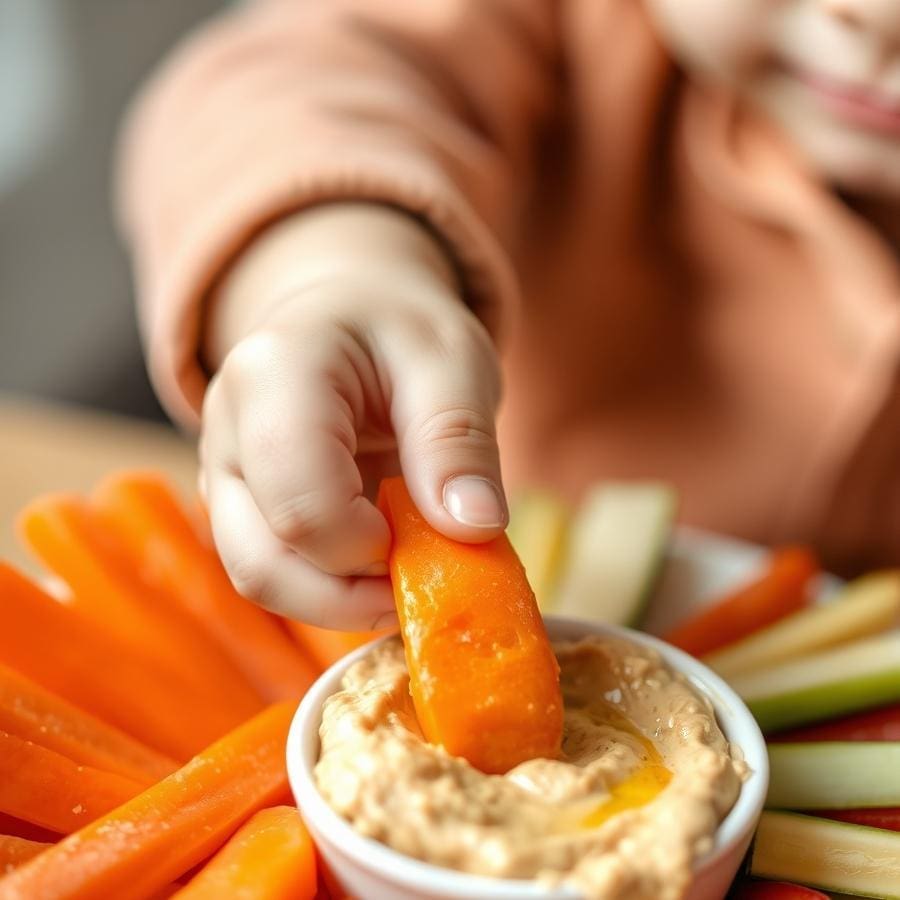
A successful vegan diet is all about nutrient density. Here are the key players to keep on your radar to ensure your child is getting everything they need to grow, learn, and play.
Vitamin B12
This is the one non-negotiable supplement. Vitamin B12 is crucial for nerve function and red blood cell formation, and it is not naturally present in plant foods.
All vegans, especially children, must get B12 from fortified foods or a supplement. Look for fortified plant milks, cereals, and nutritional yeast, but a reliable supplement (like a liquid drop or chewable) is the best way to ensure adequate intake.
The American Academy of Pediatrics supports supplementation for those on diets that may not provide sufficient B12.
Iron
Iron is vital for brain development and oxygen transport in the blood.
Plant-based (non-heme) iron is absorbed less easily than animal-based (heme) iron, so it’s important to include plenty of iron-rich foods and a source of Vitamin C to boost absorption.
- Excellent Sources: Lentils, chickpeas, beans, tofu, fortified cereals, dark leafy greens (like spinach and kale), and blackstrap molasses.
- Absorption Boost: Pair iron-rich foods with Vitamin C-rich foods like bell peppers, broccoli, oranges, strawberries, or tomatoes.
Calcium
Essential for strong bones and teeth, calcium is abundant in the plant kingdom.
Fortified plant milks (soy, almond, oat) are often equivalent to dairy milk in calcium content.
- Excellent Sources: Fortified plant milks and yogurts, calcium-set tofu, leafy greens (collard greens, kale), broccoli, and tahini (sesame seed paste).
Vitamin D
Often called the ‘sunshine vitamin,’ Vitamin D works with calcium to build strong bones. While some can be obtained from sun exposure, it’s not always reliable.
Many plant milks and cereals are fortified with Vitamin D. During winter months or for children with limited sun exposure, a supplement is often recommended by pediatricians.
Omega-3 Fatty Acids (DHA/EPA)
These fats are critical for brain and eye development. The primary plant-based omega-3 is ALA, which the body can convert to DHA and EPA, though the conversion rate can be low.
- Excellent Sources of ALA: Ground flaxseeds, chia seeds, hemp seeds, and walnuts.
- Direct Source of DHA/EPA: Consider a kid-friendly, algae-based DHA/EPA supplement to ensure optimal levels for cognitive health.
Tip 1: Involve Them in the Kitchen

Empowerment is your greatest tool. When kids have a hand in choosing and preparing their food, they are far more likely to eat it.
This doesn’t have to be complicated. Let them pick a new fruit or vegetable at the grocery store.
Have them wash produce, stir ingredients in a bowl, or press the button on the blender for a smoothie. The goal is to create positive, no-pressure experiences around food and give them a sense of ownership over their meals.
Tip 2: Make Familiar Favorites Vegan
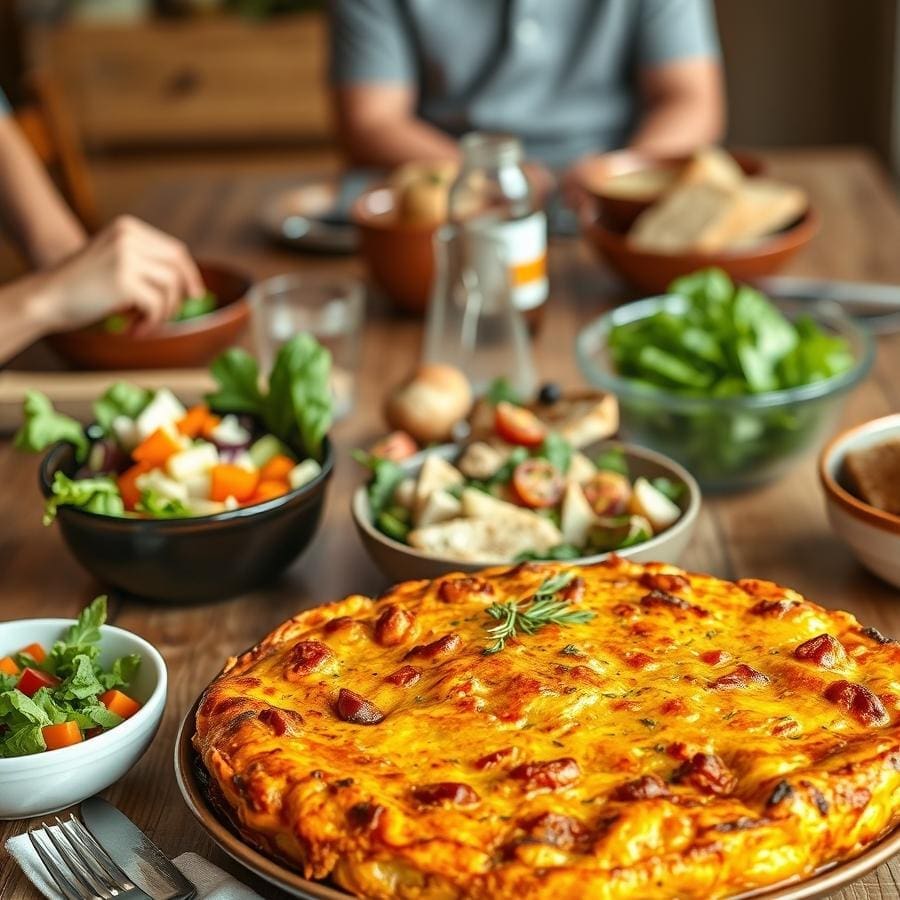
Transitioning to a vegan lifestyle doesn’t mean giving up beloved family meals. Focus on recreating the dishes your kids already know and love.
Spaghetti and ‘meatballs’ can be made with lentils or plant-based grounds. Mac and cheese becomes creamy and delicious with a sauce made from cashews or potatoes and carrots.
Tacos, burgers, and chicken nuggets all have amazing vegan counterparts. Even classic treats like chewy chocolate chip cookies are easy to recreate.
Tip 3: Embrace the Power of Dips

Never underestimate the magic of a good dip. A child who turns their nose up at raw broccoli or bell pepper sticks might happily devour them when paired with a fun and tasty dip.
It gives them an interactive way to eat and adds flavor and calories. Think beyond ranch!
Hummus, guacamole, bean dips, creamy peanut sauce, or a simple vegan yogurt-dill dip can transform a plate of plain veggies into an exciting snack.
Tip 4: Serve New Foods with ‘Safe’ Foods

The ‘one new thing’ rule can be very effective. When introducing a new food, like roasted Brussels sprouts or a lentil soup, always serve it alongside at least one or two ‘safe’ foods you know your child likes.
This could be a slice of bread, some apple slices, or a side of rice. This approach lowers the pressure and ensures they have something to eat even if they aren’t ready to try the new item, preventing mealtimes from becoming a battleground.
Tip 5: Keep It Separate
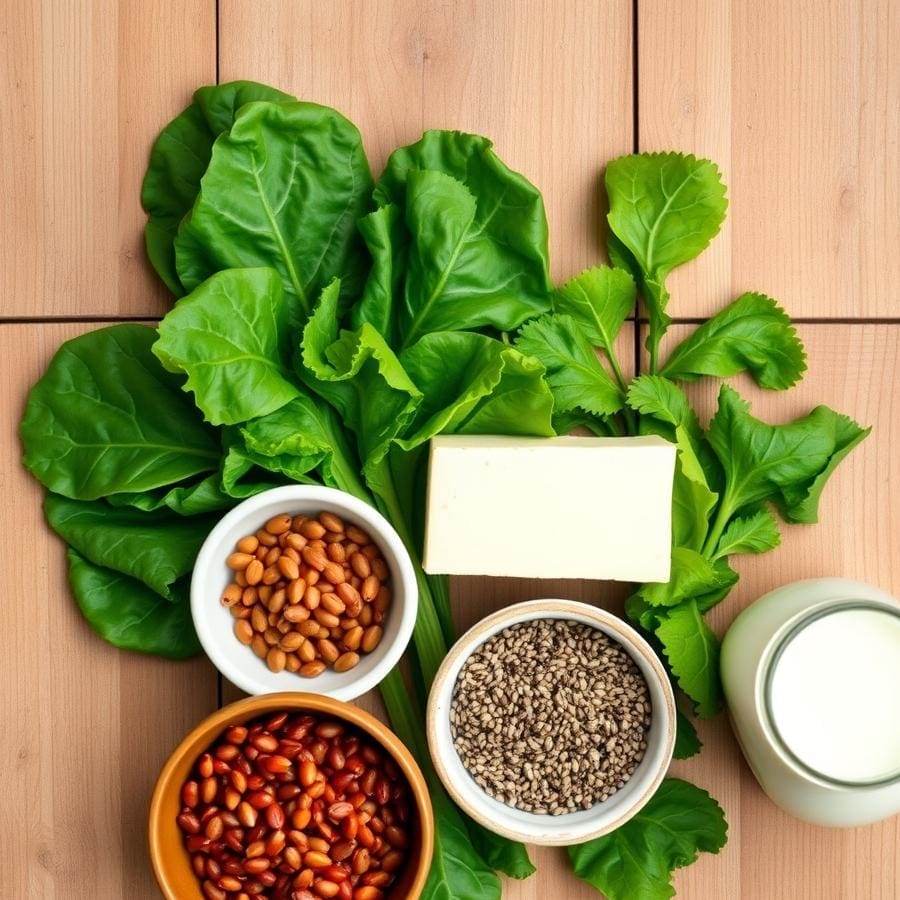
Many kids, especially toddlers, prefer their foods deconstructed. While a big, beautiful Buddha bowl might appeal to you, a child might find it overwhelming.
Try serving the components separately on their plate: a pile of rice here, a pile of black beans there, some diced avocado in the corner, and steamed corn in another. This allows them to see and appreciate each ingredient on its own and combine them as they wish (or not at all).
Tip 6: Make Smoothies a Team Effort

Smoothies are a fantastic way to pack in nutrients, especially for kids who are wary of greens. Let them add the frozen banana, scoop in the chia seeds, and put in a small handful of spinach (call it ‘superhero greens’).
The noise and transformation in the blender is exciting, and they’ll be proud to drink their creation. A sweet fruit like pineapple or mango can easily mask the taste of a little spinach or kale.
Kid-Approved Vegan Meal Ideas
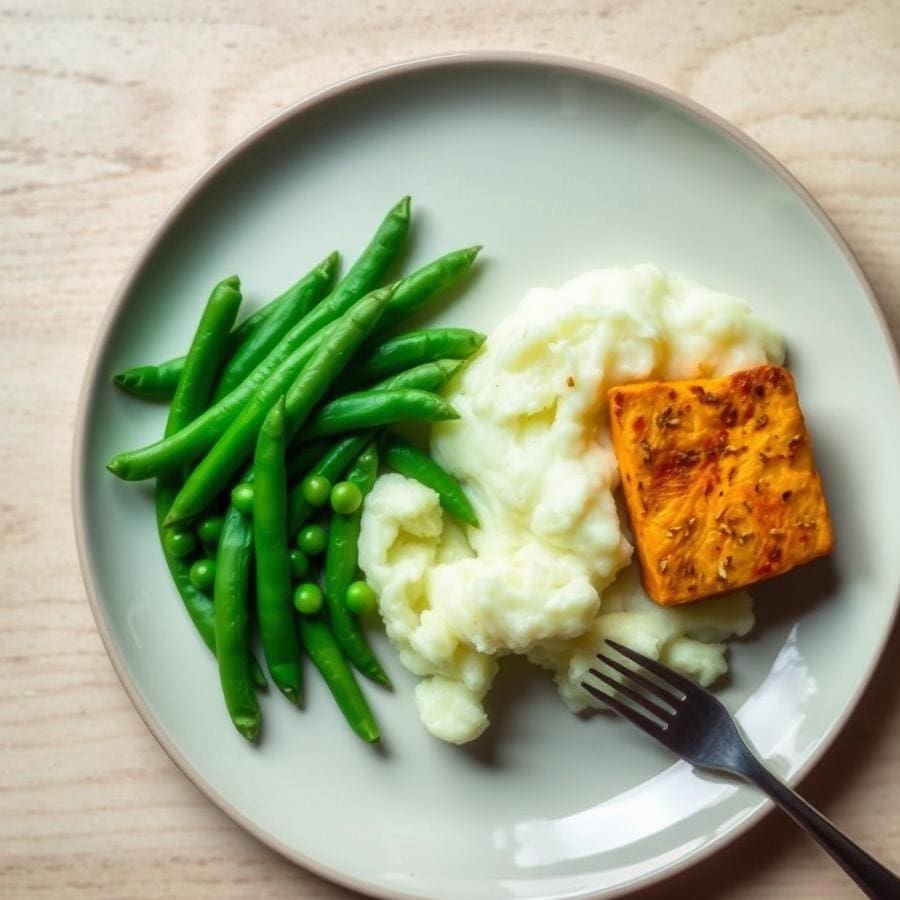
Need some inspiration? Here are some tried-and-true meal ideas that are a hit with kids of all ages.
Use these as a starting point and adapt them to your family’s tastes!
Easy Vegan Breakfasts
- Peanut Butter Toast: A classic for a reason! Serve on whole-wheat bread with banana slices or a sprinkle of hemp seeds.
- Oatmeal Power Bowls: Make oatmeal with soy or pea milk for extra protein. Let kids top their own bowl with berries, seeds, or a drizzle of maple syrup.
- Tofu Scramble: A fluffy, protein-packed alternative to scrambled eggs. Season with nutritional yeast for a cheesy flavor and turmeric for color.
- Pancakes or Waffles: Use a simple vegan recipe and serve with fresh fruit. You can even blend some spinach into the batter for a fun ‘Hulk pancake’ twist.
Simple Vegan Lunches
- Hummus & Veggie Pinwheels: Spread hummus on a whole-wheat tortilla, add shredded carrots and spinach, roll it up, and slice into pinwheels.
- ‘Chickpea of the Sea’ Salad: A fantastic vegan alternative to tuna salad, made by mashing chickpeas with vegan mayo, celery, and seasonings. Great in a sandwich or with crackers.
- DIY Lunchables: Use a bento-style box and fill it with crackers, vegan lunch meat slices, plant-based cheese cubes, and some fruit.
- Leftover Magic: Dinner leftovers are often the easiest and most loved lunch. Always make a little extra!
Family-Friendly Vegan Dinners
- Creamy Lentil Bolognese: A hearty and protein-rich sauce made with red lentils that simmer down to a perfect texture. Serve over any pasta shape.
- Black Bean Burgers: Easy to make at home and fun for kids to help shape the patties. Serve on buns with all their favorite toppings.
- Sheet Pan ‘Sausage’ and Veggies: A one-pan wonder. Toss vegan sausage, broccoli florets, and diced sweet potatoes with a little oil and seasoning and roast until tender.
- Vegan Mac and Cheese: The ultimate comfort food. A creamy sauce made from cashews, potatoes, carrots, and nutritional yeast is always a crowd-pleaser.
How to Handle Social Events and School Lunches
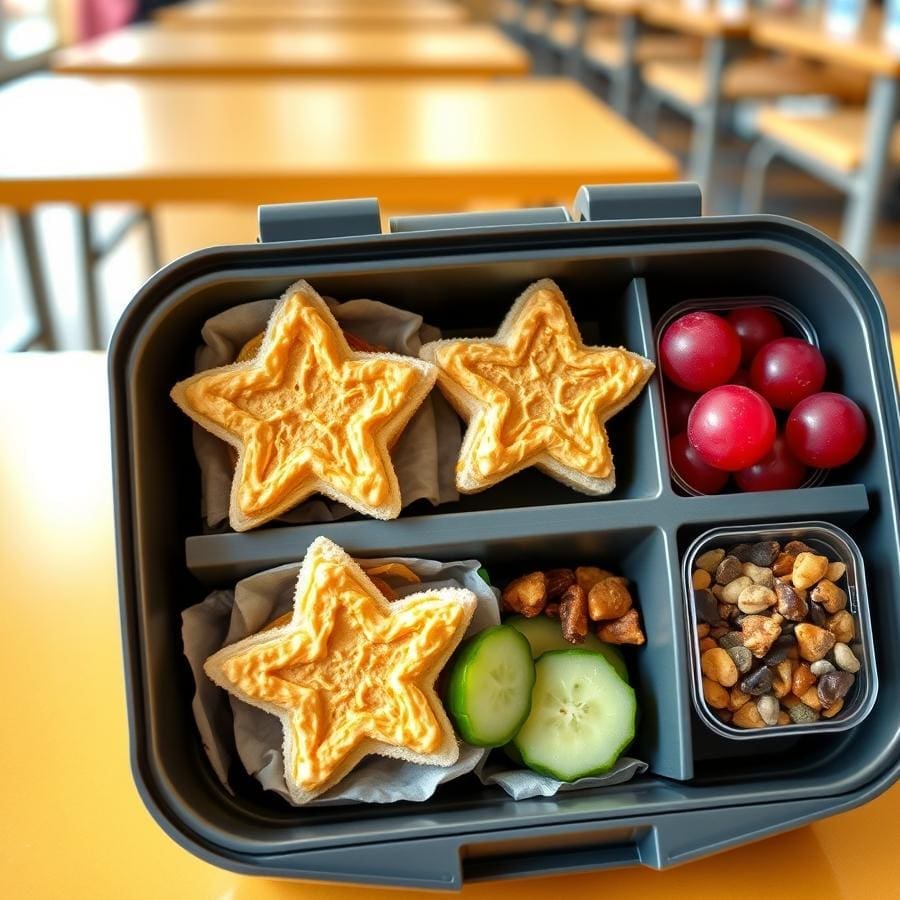
Navigating the world outside your vegan kitchen is a common concern. Communication and preparation are key.
- School Lunches: Packing a lunch is often the easiest route. A bento-style box makes it easy to pack a variety of appealing, nutrient-dense foods. If your child wants school lunch, speak with the school’s food service director. You may be surprised at the options available.
- Birthday Parties: Talk to the host parent beforehand. Offer to bring a vegan dish to share, like a delicious vegan coconut cake or a pizza, so you know for sure there will be something safe for your child to eat. This takes the pressure off the host and ensures your child feels included.
Give them the language to feel confident, not deprived.
Frequently Asked Questions

- How can I be sure my vegan child is getting enough protein?
This is a very common worry, but protein is abundant in plant foods. As long as your child is eating a variety of foods and enough calories, they will almost certainly get enough protein. Excellent sources include lentils, beans, tofu, tempeh, edamame, seitan, quinoa, nuts, seeds, and whole grains. - Is a vegan diet too restrictive for a picky eater?
It can be a challenge, but it’s not impossible. The key is to lean on the vegan foods they do like and expand from there. Many ‘kid foods’ are easily made vegan: pasta, bread, potatoes, and many fruits. Use the strategies above, like involving them in cooking and using dips, and focus on gradual exposure without pressure. - Is it expensive to feed a family a vegan diet?
It doesn’t have to be. While specialty vegan products can be pricey, a diet centered on whole-food staples like beans, lentils, rice, potatoes, and seasonal produce is one of the most affordable ways to eat. Buying in bulk and cooking from scratch will always be more budget-friendly than relying on pre-packaged convenience foods.
Conclusion
Raising healthy, happy vegan kids is not about perfection; it’s about connection, exploration, and building a positive relationship with food. By focusing on a well-planned diet rich in whole foods, involving your children in the process, and leading with patience and love, you can provide them with a powerful foundation for lifelong health.
Trust in the journey, celebrate the small victories, and enjoy the incredible adventure of exploring the world of plant-based foods together.
